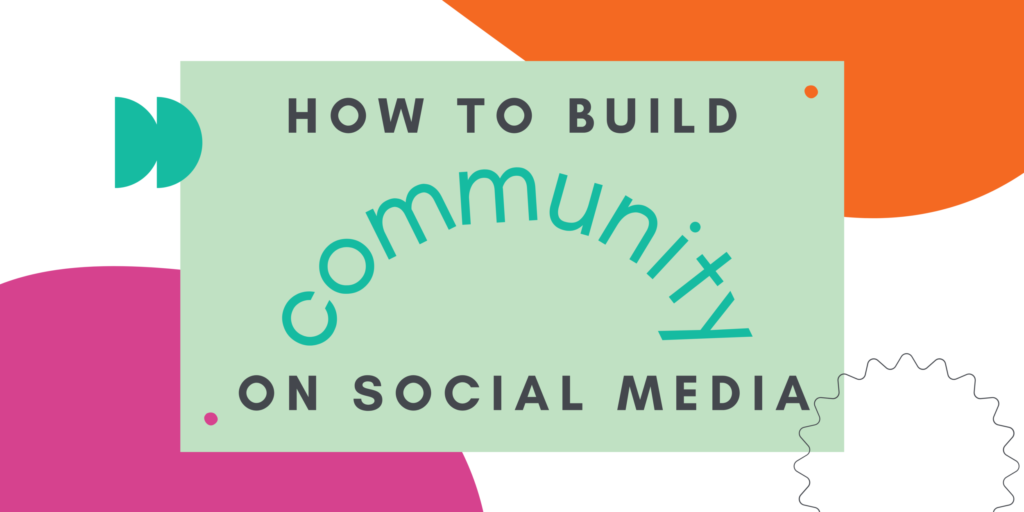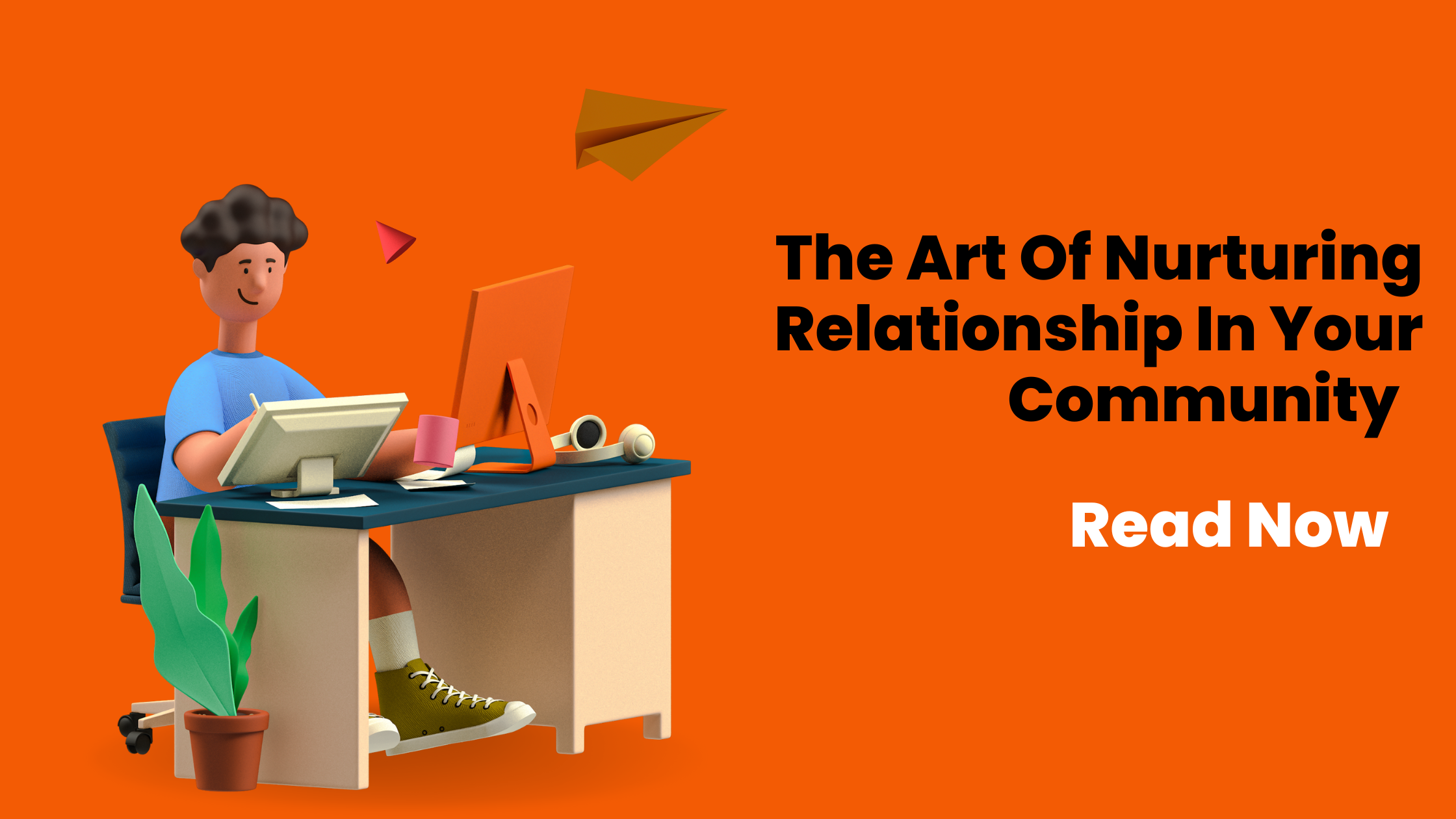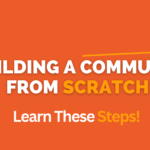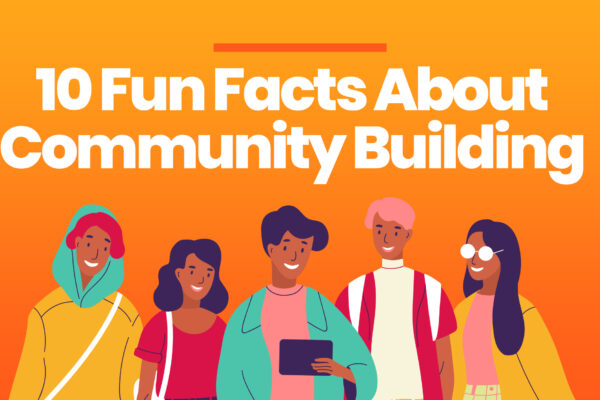The Art of Nurturing Relationships with Your Community Members: Tips and Strategies for Building Strong Connections Introduction
Table of Contents
As a professional in any field, whether it’s business, blogging, or online communities, building strong relationships with your community members is crucial for success. By nurturing these relationships, you can create a loyal and engaged community that will support and advocate for your brand or cause. In this article, I will share tips and strategies for effectively nurturing relationships with your community members.
Importance of Community Building
Community building is the foundation of any successful endeavor. Whether you are running a business or managing an online community, building a strong and engaged community is essential. A community provides a platform for like-minded individuals to connect, share ideas, and support each other.

When you build a community, you create a space where people feel heard, valued, and understood. This sense of belonging fosters trust and loyalty, which can lead to long-term relationships and increased engagement. By investing time and effort into community building, you lay the groundwork for success and growth.
Strategic Ways To Nurturing Relationships In Your Community
1. Understanding Your Community To Effectively Nurture Relationships.
To effectively nurture relationships with your community members, it is important to have a deep understanding of who they are and what they value. Take the time to listen to your community members, both individually and as a group. Pay attention to their needs, interests, and concerns.
2. Building Trust and Rapport
Building trust and rapport is the cornerstone of nurturing relationships with your community members. Trust is earned through consistent and transparent communication, delivering on your promises, and actively listening to your community’s feedback and concerns.
One effective way to build trust is by being authentic and genuine in your interactions. Show your community members that you genuinely care about their well-being and success. Respond to their comments and messages promptly, and be transparent about any updates or changes within your community.
Rapport, on the other hand, is built through meaningful connections and shared experiences. Create opportunities for your community members to connect and foster relationships. This can be done through virtual or in-person events, networking opportunities, or even through online forums or discussion boards.
3. Creating Valuable and Engaging Content
Content is the lifeblood of any community. By creating valuable and engaging content, you can provide your community members with the information, inspiration, and resources they need to thrive.
To create valuable content, it is important to understand your community’s needs and interests. Conduct research, analyze data, and pay attention to the feedback and comments from your community members. Use this information to tailor your content to their specific needs and preferences.
Engagement is key when it comes to nurturing relationships with your community members. Encourage your community to actively participate in discussions, share their insights and experiences, and provide feedback on your content. This not only strengthens the bond between you and your community members but also creates a sense of ownership and belonging.
4. Encouraging Participation and Interaction
Active participation and interaction are essential for building strong relationships with your community members. Encourage your community members to engage with each other and with your content by creating opportunities for them to do so.
One effective way to encourage participation is by asking thought-provoking questions or starting discussions on relevant topics. This can be done through blog posts, social media posts, or even through live video sessions or webinars. By creating a space for open dialogue and sharing of ideas, you foster a sense of community and encourage your members to actively engage and participate.
Additionally, make sure to acknowledge and appreciate the contributions of your community members. Respond to their comments, highlight their insights, and show gratitude for their engagement. This not only validates their efforts but also encourages others to actively participate and engage.
5. Providing Exceptional Customer Service
Exceptional customer service is not only important in business but also in community building. Your community members are your customers, and providing them with exceptional service is key to building strong relationships.
Be responsive to your community members’ needs and concerns. Address any issues or problems promptly and effectively. Show empathy and understanding, and go above and beyond to exceed their expectations.
Additionally, make sure to provide clear and concise communication. Keep your community members informed about any updates, changes, or new developments within your community. Regularly seek feedback and suggestions to continuously improve your services and offerings.
6. Leveraging Social Media for Community Building
Social media platforms are powerful tools for community building. They provide a space for your community members to connect, share, and engage with each other and with your brand or cause.
To effectively leverage social media for community building, it is important to choose the right platforms for your community. Research where your target audience spends their time and focus your efforts there. Create engaging and shareable content that resonates with your community members and encourages them to interact and share.
Additionally, actively engage with your community on social media. Respond to comments, messages, and mentions promptly. Show appreciation for their support and engagement by sharing their content or highlighting their achievements. By actively participating in conversations and discussions, you show your community members that you value and appreciate their contributions.
7. Hosting Events and Meetups
Hosting events and meetups is a great way to foster connections and strengthen relationships within your community. Whether it’s a virtual webinar, a networking event, or an in-person meetup, these events provide opportunities for your community members to meet and engage with each other.
When planning events, consider the interests and preferences of your community members. Choose topics or themes that are relevant and meaningful to them. Provide opportunities for networking and collaboration. And most importantly, create a welcoming and inclusive environment where everyone feels comfortable and valued.
8. Partnering with Influencers and Thought Leaders
Partnering with influencers and thought leaders in your industry can help you expand your reach and credibility within your community. These individuals have already established trust and authority within your niche and can help you gain the attention and support of your community members.
When partnering with influencers and thought leaders, choose individuals whose values align with yours and who have a genuine interest in your community. Collaborate on content, co-host events or webinars, or feature them as guest speakers or contributors. By leveraging their expertise and influence, you can strengthen your relationships with your community members and attract new members to your community.
9. Measuring and Evaluating Community Engagement
Measuring and evaluating community engagement is essential for understanding the impact and effectiveness of your community-building efforts. By analyzing data and gathering feedback, you can identify areas for improvement and make informed decisions about your community strategy.
There are several metrics you can track to measure community engagement, such as the number of active members, the frequency and quality of interactions, and the growth of your community over time. Additionally, conducting surveys or polls can provide valuable insights into the satisfaction and needs of your community members.
Use the data and feedback you gather to continuously iterate and improve your community-building strategies. Experiment with different approaches, learn from your successes and failures and adapt your strategies accordingly.
Conclusion
Nurturing relationships with your community members is an art that requires time, effort, and dedication. By understanding your community, building trust and rapport, creating valuable content, encouraging participation and interaction, providing exceptional customer service, leveraging social media, hosting events, partnering with influencers, and measuring community engagement, you can build strong connections and create a thriving community.
Remember, community building is a continuous process. It requires ongoing engagement, active listening, and a genuine commitment to the well-being and success of your community members. By investing in these relationships, you can create a community that not only supports and advocates for your brand or cause but also becomes a valuable source of inspiration, growth, and collaboration.
Coterie Builders/ Explore more in our latest article references: Community Building 101
20 Community Engagement Platforms and How to Use Them to Grow Your Community.
Check out this YouTube reference for expert insights on community building: https://www.youtube.com/live/NThUbrAWVHY?si=5OakvJn0AP7KPFT6






